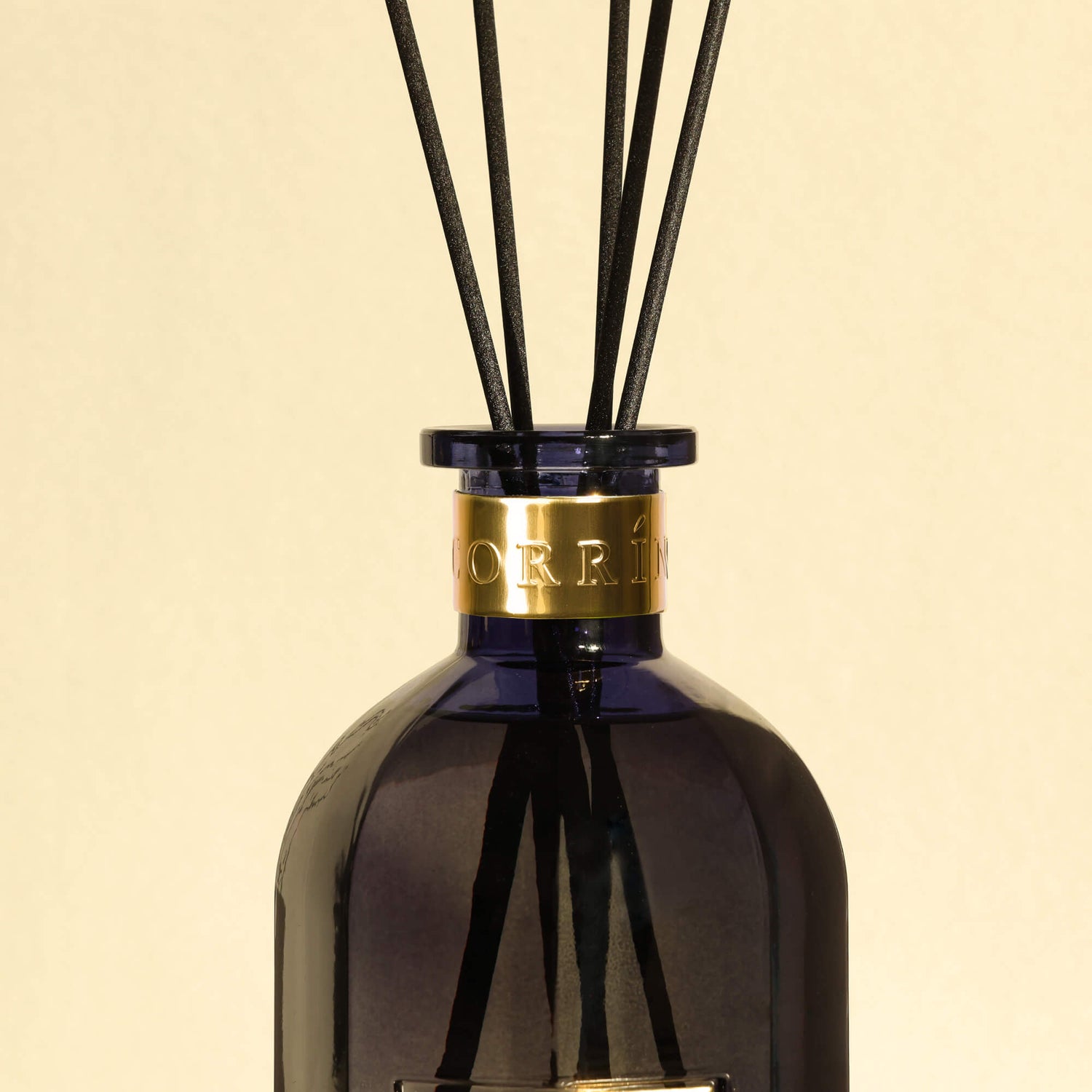What Are the Common Artificial Fragrance Ingredients
Artificial fragrances in reed diffusers often contain a variety of synthetic compounds designed to replicate natural scents. These ingredients are used to create a wide range of fragrances, from floral to woody to fresh. Understanding these common ingredients and their safety profiles is crucial for making informed choices.
Table of the Ingredients and Safe or Not
|
Ingredient |
Description |
Safety Profile |
|
Phthalates |
Used as solvents and to increase longevity |
Generally considered harmful; linked to endocrine disruption, reproductive issues, and allergies |
|
Parabens |
Preservatives to prevent microbial growth |
Controversial; some studies suggest they mimic estrogen and may disrupt hormonal balance |
|
Benzyl Alcohol |
Solvent and preservative |
Generally safe in low concentrations; can cause skin irritation in high concentrations |
|
Limonene |
Citrus scent component |
Considered safe in low concentrations; can cause skin sensitization and allergies in some individuals |
|
Linalool |
Floral scent component |
Generally safe; can cause allergic reactions in sensitive individuals |
|
Coumarin |
Sweet, vanilla-like scent |
Generally safe in low concentrations; potential allergen |
|
Musk Ketone |
Synthetic musk fragrance |
Potential bioaccumulative and toxic effects; restricted in some regions |
|
Aldehydes |
Used for various scent profiles |
Varies; some can be irritating to the skin and respiratory system |
|
Ethanol |
Solvent and carrier |
Generally safe; high concentrations can be flammable and irritating to the skin and eyes |
|
BHT (Butylated Hydroxytoluene) |
Antioxidant preservative |
Generally considered safe in low concentrations; potential health risks in high doses |
|
Diethyl Phthalate (DEP) |
Solvent |
Considered less harmful than other phthalates, but still linked to mild irritation |
Conclusion
When choosing reed diffusers, it’s essential to be aware of the ingredients in the fragrance oils. Many artificial fragrance ingredients have potential health risks, particularly with prolonged exposure. By understanding these ingredients and their safety profiles, you can make informed choices to ensure a safe and pleasant home environment.
- Opt for High-Quality Products: Choose reed diffusers from reputable brands that disclose their ingredients and prioritize safety.
- Consider Natural Alternatives: Whenever possible, select natural essential oils or products labeled as free from harmful chemicals like phthalates and parabens.
- Use Responsibly: Ensure proper ventilation, keep diffusers out of reach of children and pets, and follow the manufacturer’s instructions to maximize safety.




Leave a comment
All comments are moderated before being published.
This site is protected by hCaptcha and the hCaptcha Privacy Policy and Terms of Service apply.